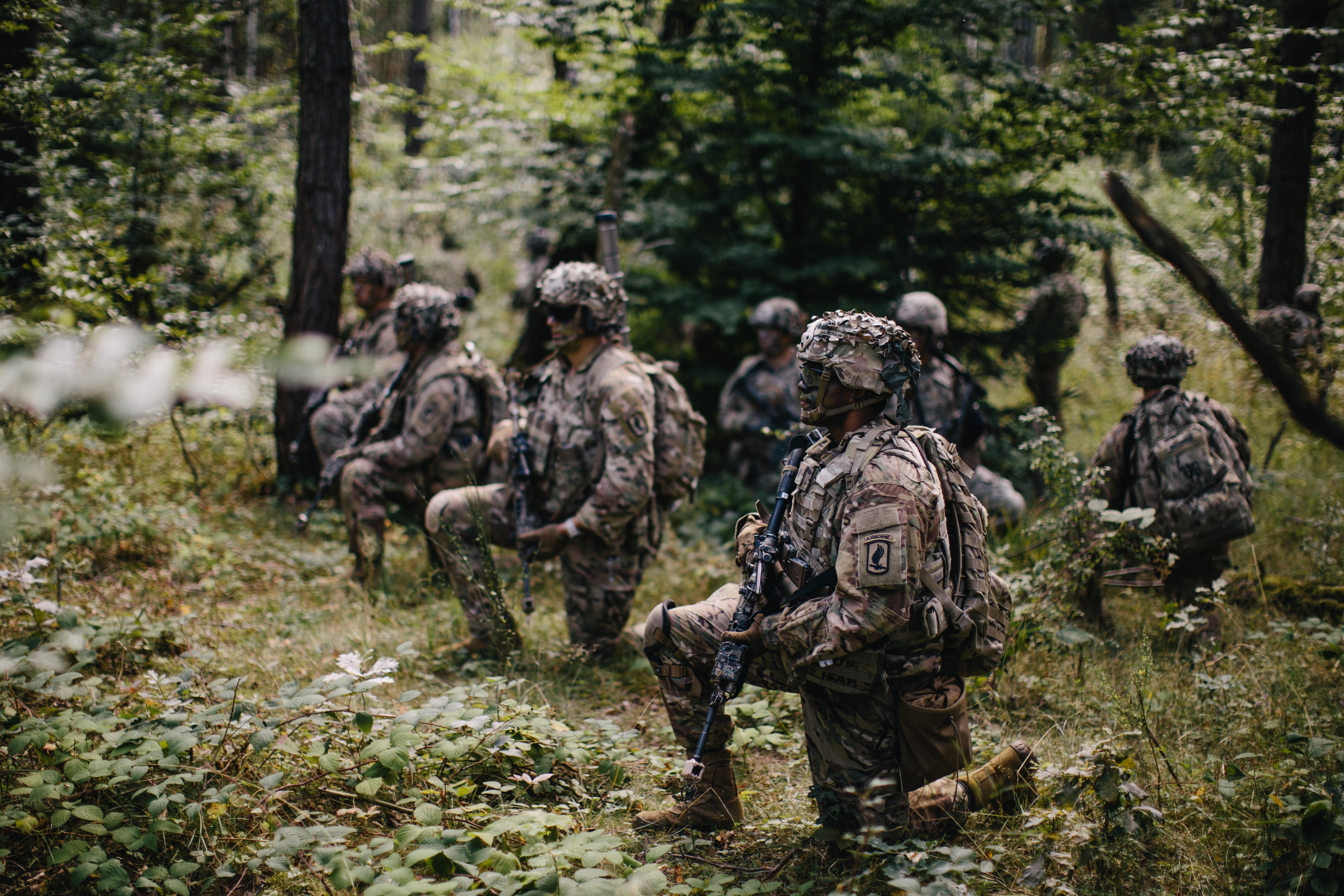Little things, like spare parts, fuel systems and trailers, can stymie the Army’s primary close combat force, a recent report found.
An audit of the Army’s Brigade Combat Team Readiness by the Department of Defense Inspector General, released in November, shows how shortages in mobile gun systems, mounted telescopes, low-bed semitrailers and modular fuel systems were keeping BCTs from the fight.
Since the audit began in February 2018, the Army has prioritized equipment to deploying teams, ramped up production cycles and tackled backlogs of parts orders to meet and maintain two-thirds or more of its 31 active BCTs at a high level of readiness, some at their highest levels in 20 years.
RELATED

Despite those successes, six more programs to address shortfalls continue, and, according to the report, BCT readiness, “will not be fully addressed for four years or more.”
The report focuses mainly on the 31 active BCTs. The Army has three types of BCTs – infantry, Stryker and armor. It maintains 27 BCTs in the Army National Guard, according to the report.
The backlog of spare parts and equipment shortages were due to a combination of factors, some of those due to production cycles and new contracts as the Army evaluated the readiness levels of the BCTs.
A six-year plan was developed to procure additional semitrailers. That was expected to run from 2018 to 2023. Another six-year plan was put in place for the same period to obtain enough mounted telescopes for lightweight towed howitzers.
As of July, there as a back order of 45 mounted telescopes still needed. The report noted that the Army expects the additional scopes to be delivered by 2021.
The trailers haul loads as heavy as 250 tons. Without sufficient trailers the Stryker BCTs and others can’t bring in necessary bulldozers and other heavy equipment needed to fortify areas for operations.
In 2018 the active BCTs were authorized 317 but had only 224 on hand, resulting in a shortage of 93.
In 2019 those same teams had an authorized 311 trailers but only had 216 on hand, raising the shortage to 96.
The Army expects to add 560 semitrailers between 2020 and 2023. Across the army, units had only 54 percent of the required trailers for operating strength.
“Until the Army has procured sufficient low bed semitrailers the army is redistributing low bed semitrailers to higher priority deploying units when possible,” according to the report.
Four of 10 Armored BCTs were short modular fuel systems. Two of seven SBCTs had the same problem. The fuel system is both a fuel storage and distribution center. The shortage, “prevented the unit from conducting the full range of refueling operations,” one BCT commander told auditors.
In 2018 the teams had 1,016 authorized systems but only 354 on hand, resulting in a shortage of 662. A year later their authorized number was 998, with 535 on hand and a shortage of 463.
Across the Army, units had only 40 percent of the fuel systems needed, a seven-year contract awarded this year would fill that gap by 2022, according to the report.
Three of seven SBCT commanders reported shortages of mobile gun systems.
That problem’s been solved. Units were authorized 84 systems in 2018 but short 19 and by 2019 the additional systems had been added.
Overall spare parts problems put two of 14 Infantry BCTs’ medium weight howitzers as not mission capable and one IBCT’s light howitzers not “mission capable.”
One of the SBCTs had the same medium howitzer problem. And a single IBCT had no operational light howitzers.
Four of 10 ABCTs reported Abrams tanks not mission cable. Two of seven SBCTs reported Strykers not mission capable.
Fire control switches for Abrams tanks were down to 56 on back order. Those are expected to be completed by 2022.
In 2018, fire extinguishers for Strykers were at a 221 item back order. All of those were filled this year.
Todd South has written about crime, courts, government and the military for multiple publications since 2004 and was named a 2014 Pulitzer finalist for a co-written project on witness intimidation. Todd is a Marine veteran of the Iraq War.





